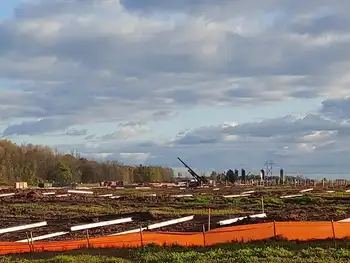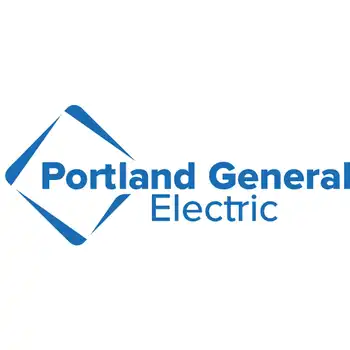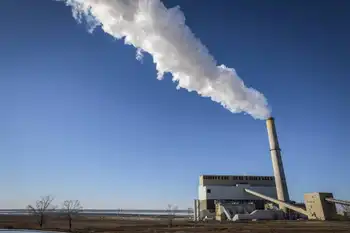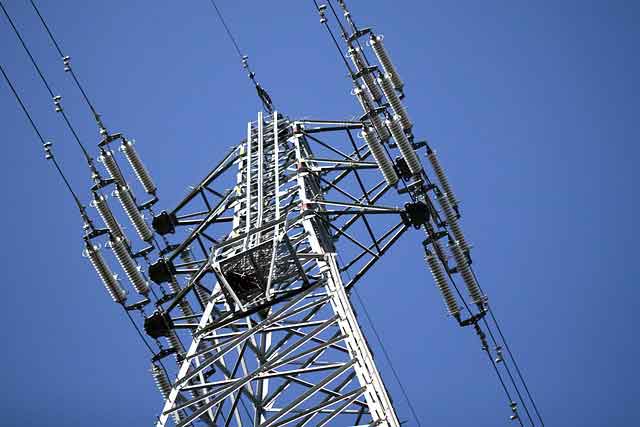Minnesota Signs Deal With Manitoba Hydro
WINNIPEG -- - The Minnesota Public Utilities Commission has unanimously approved a $1.7 billion power export deal with Manitoba Hydro.
It allows Minneapolis-based Xcel Energy to import power from Manitoba Hydro, despite the objections of aboriginal groups.
The 500-megawatt, 10-year deal was given the go-ahead.
It's an extension of an existing deal and will allow power to be exported until 2015.
Approval by Canada's National Energy Board is pending.
The Minnesota decision is a blow to the Pimicikamak Cree Nation of Cross Lake, Manitoba. They had asked the commission to first call a formal hearing into the social and economic impact of historic hydro development on their homeland.
Related News

Global use of coal-fired electricity set for biggest fall this year
LONDON - Global Coal Power Decline 2019 signals a record fall in coal-fired electricity as China plateaus, India dips, and the EU and US accelerate renewables, curbing carbon emissions and advancing the global energy transition.
Key Points
A record 2019 drop in global coal power as renewables rise and demand slows across China, India, the EU, and the US.
✅ 3% global fall in coal-fired electricity in 2019.
✅ China plateaus; India declines for first time in decades.
✅ EU and US shift to renewables and gas, cutting emissions.
The world’s use of coal-fired electricity is on track…




